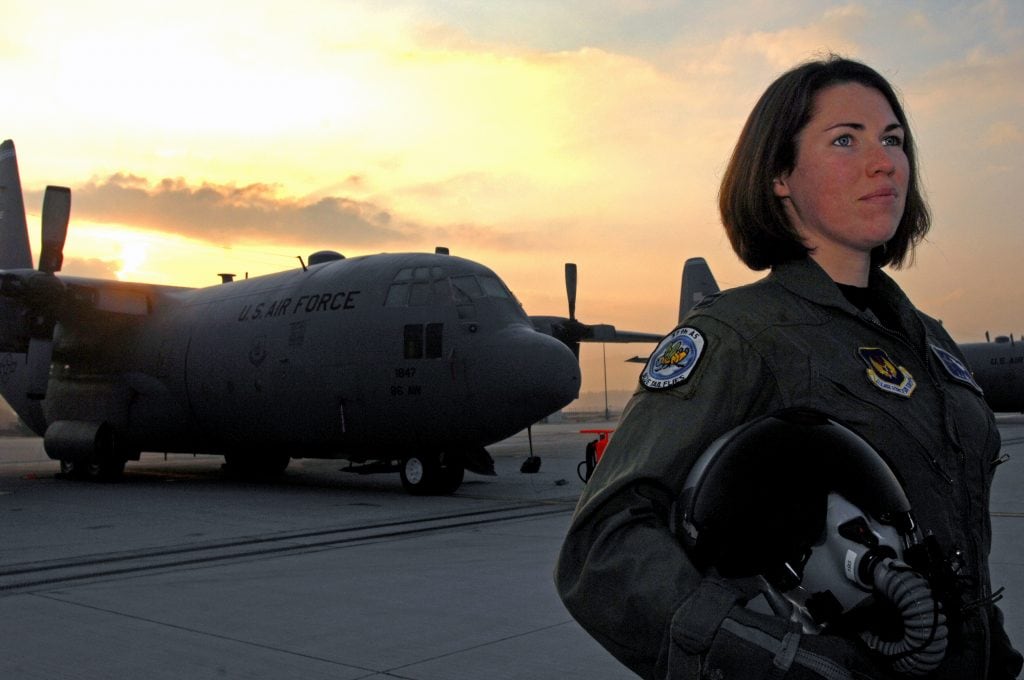In today’s complex media environment, it is more important than ever to understand where your audience obtains its information. In 2016 the USAF Office of Public Affairs tasked Barbaricum with helping to improve communication strategies across the total force by redesigning and baselining their signature survey on where airmen get their information (WAGI). In order to produce the most effective and in-depth research possible, Barbaricum conducted a series of test surveys, cognitive interviews, and focus groups, the results of which were used to inform a broader and more detailed survey of airmen. With this newly designed survey, Barbaricum collected data from a random selection of over 5000 airmen around the world, including active military, reservists, national guardsmen, and civilians. Analysts then traveled the globe to provide further context to their findings through a series of focus groups at six bases on three continents.
Our analyses identified areas of both strength and improvement in existing communication methods and strategies, supported by detailed usage profiles and media consumption trends for various communications products, target audiences, and air bases. We discovered strong preferences among airmen to obtain Air Force related news from official Air Force sources and through their chain of command, while also identifying communications challenges where Airmen turned to outside sources of information. Additional analyses focused on airmen’s social media habits and identified potential areas for improvement in the Air Force’s social media strategy.
In order to increase communication effectiveness, Barbaricum recommended that the Air Force increase awareness of their online versions of official channels of communication, as the newer generation of Airmen continues to trend toward online media consumption and away from traditional print and broadcast outlets. Barbaricum also recommended the Air Force continue to assess the sources of information airmen use to ensure that they stay aware of shifting trends and continue to effectively communicate via channels where airmen are getting their information.









